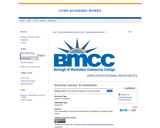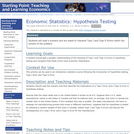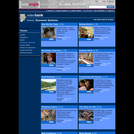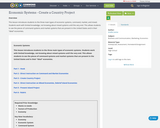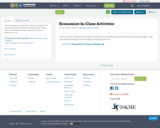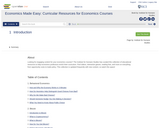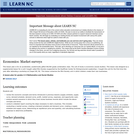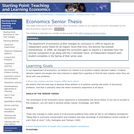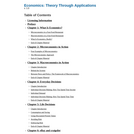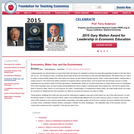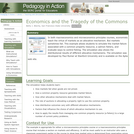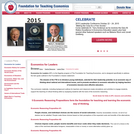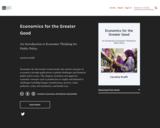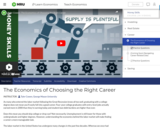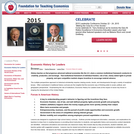
History teaches us that properous advanced national economies like the U.S. share a common institutional framework conducive to creativity, production, and exchange. That institutional framework of individual freedom, rule of law, clearly stated rights to private property, and open competitive markets shapes incentives to encourage material advance. The multiple perspectives approach to historical-scholarship requires viewing events, trends, and developments through a variety of analytical lenses. Often overlooked in traditional history curricula are the insights that the economic way of thinking adds to social, political, and geographic perspectives. Emphasizing the role of institutions, Economic Forces in American History looks at the impact of seven key forces in shaping the development of the United States.
- Subject:
- Economics
- History
- Social Science
- U.S. History
- Material Type:
- Activity/Lab
- Assessment
- Lesson Plan
- Provider:
- Foundation for Teaching Economics
- Date Added:
- 07/16/2012

